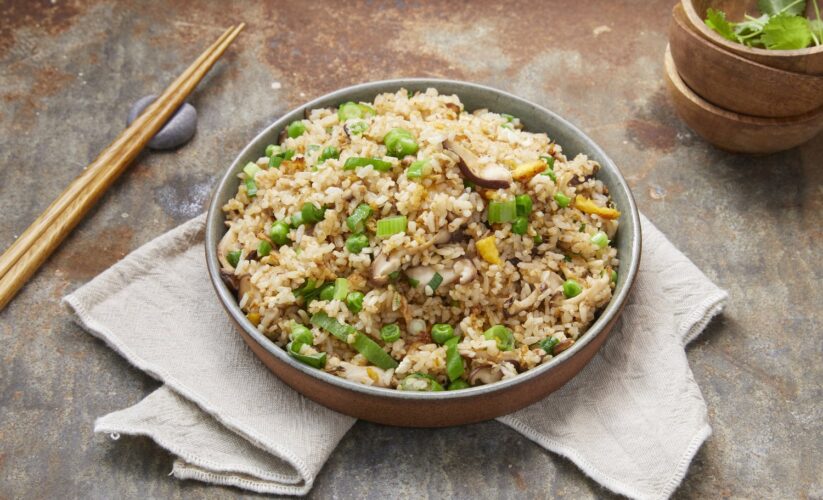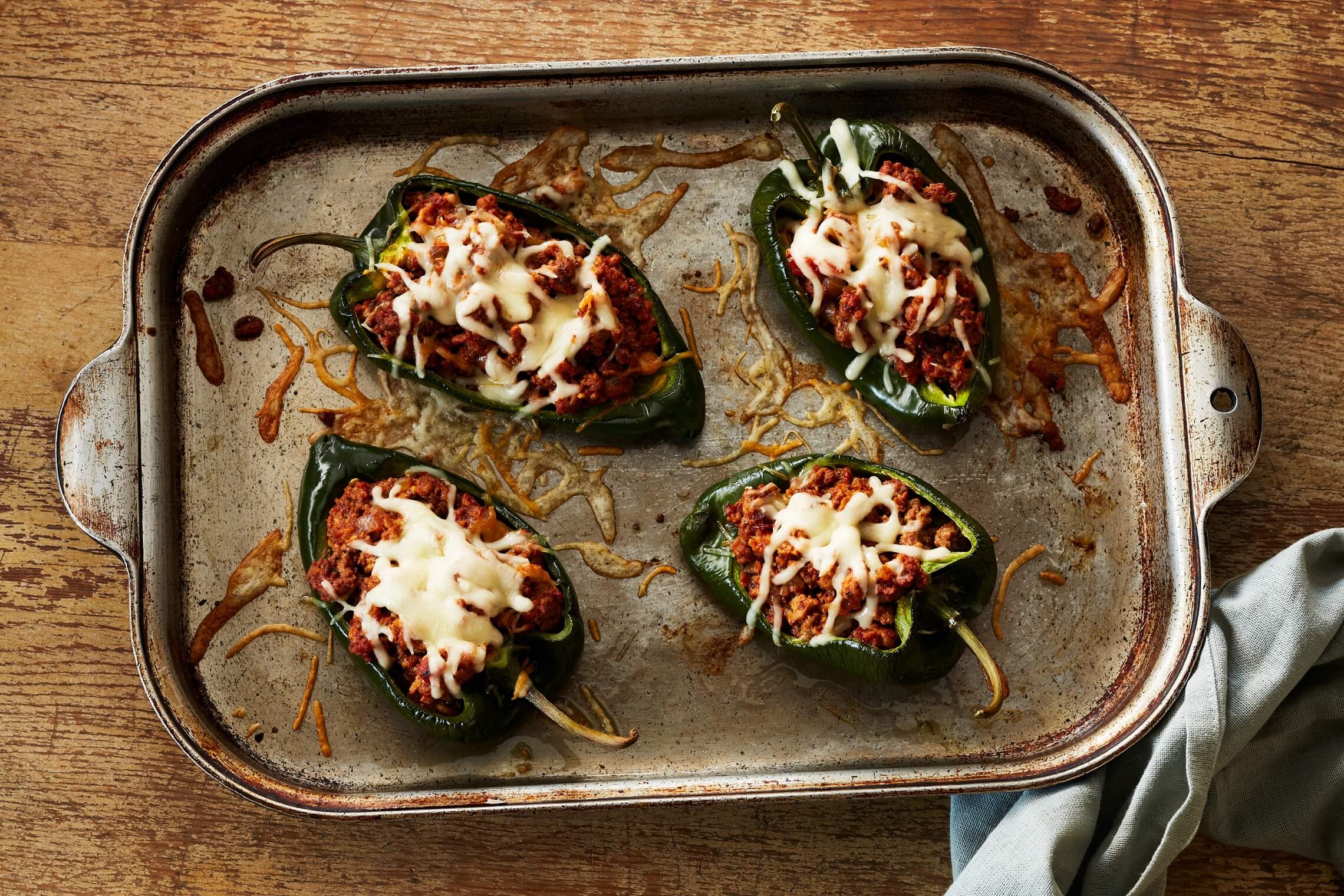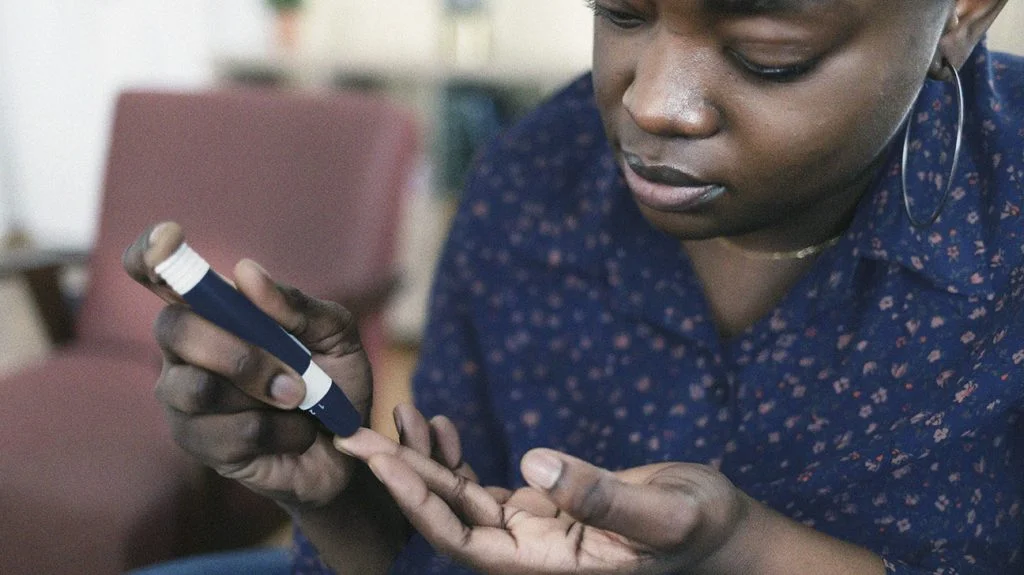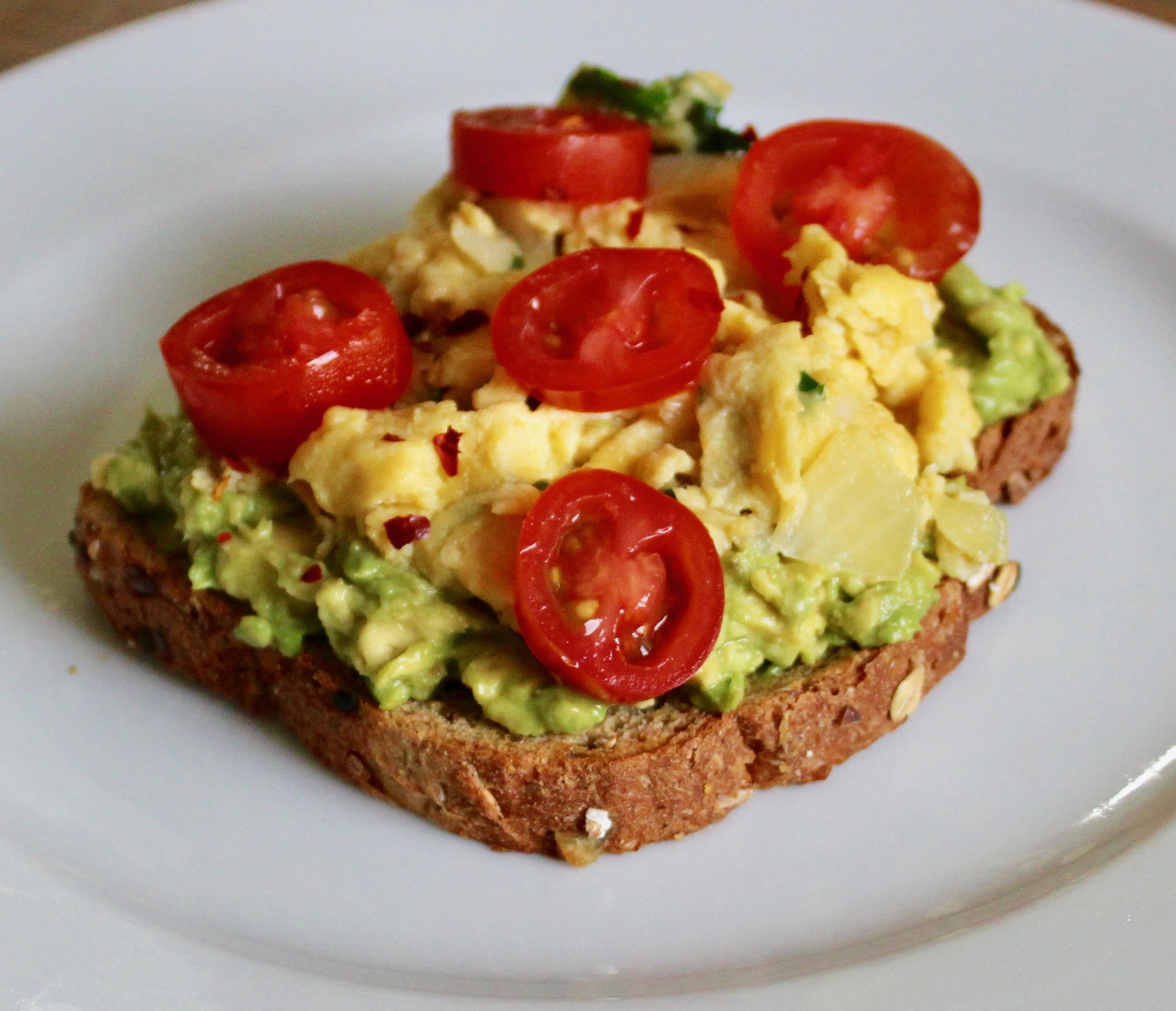
Once seen only on Asian tables, the shiitake mushroom has made its way into American kitchens thanks to a combination of potent medicinal benefits and gourmet appeal. Named after the shii tree on which it usually grows, this shaggy-capped fungus boasts an earthy aroma and hearty texture. Eastern medicine has long held these mushrooms, native to China and Japan, in high esteem. At long last, the Western world follows suit.
Recipes
Shiitake Fried Rice
Roasted Shiitakes and Cod
Health Benefits
Nutritionally speaking, shiitakes have a lot to offer in the way of fiber and protein. They also contain some iron, as well as a fair dose of potassium and a significant amount of zinc, the latter of which helps maintain the body’s immune system and boosts neurological function. (Cooking releases this mineral from shiitakes’ cell walls, making it more readily available to the body.)
If you’re fighting an infection or trying to stave off a cold, shiitakes can boost your efforts. They contain lentinan, a complex carbohydrate that stimulates the immune system. Lentinan has antiviral and antimicrobial properties, and it’s also an effective cancer-fighting compound, specifically targeting colon cancer by helping to destroy tumor cells.
In fact, shiitakes have several anti-cancer weapons: Both fresh and dried shiitakes contain the antioxidant thioproline, a free-radical attacker that helps block the formation of certain carcinogenic compounds. The antioxidant ergothioneine protects cells from damage and against the production of mutagen, an agent that causes cells to mutate. Scientists once believed wheat germ was among the best sources of ergothioneine; shiitakes can have up to 40 times more. And the protein called lentin in the fungus may inhibit the growth of leukemia cells.
When it comes to heart health, shiitakes help lower cholesterol and blood pressure by removing lipids from blood and helping to block the secretion of LDL (“bad”) cholesterol.
How to Buy
You’ll find shiitakes available fresh or dried. If you’re looking for fresh, pass on caps that exhibit black spots, a sign of damage. (Light- to dark-brown hues are normal.) Water can harm shiitakes, so avoid ones placed near the vegetable misting mechanism at the grocer. Store them in the refrigerator, wrapped loosely in a dish towel to wick away moisture.
Cooking Tips
To clean shiitakes, either wipe them with a dry cloth or rinse very quickly and use them right away.
Dried shiitakes make a fine alternative in many recipes (like soups). They have a more intense scent and flavor due to the carbon-and-sulfur compound lenthionine, which is released when the mushroom’s tissues are somewhat damaged. Three ounces of dried shiitakes equal about 1 pound of fresh whole shiitakes. To reconstitute, soak in warm water for 30 minutes until soft, then drain. No matter how you serve them, shiitakes shrink quite a bit when cooked.
Did You Know?
Unlike mushrooms that grow in soil, shiitakes spring up from the wood of dead deciduous trees. To cultivate them, farmers plant spawn (mushroom cultures) in openings cut into fallen logs of shii and other hardwoods like oak and hickory.
Nutrition Breakdown
Per 8 mushrooms, dried
Calories: 89 kcal
Fat: 0.3 g
Fiber: 3.5 g = 14 percent* of DRI**
Potassium: 460 mg = 10 percent of DRI
Zinc: 2.3 mg = 29 percent of DRI
Iron: 0.52 mg = 3 percent of DRI
* Percentages are for women 31 to 50 who are not pregnant
** DRI, Dietary Reference Intake, is based on National Academy of Sciences’ Dietary Reference Intakes, 1997 to 2004
Text by Christie Matheson
First Published: October 2008

























